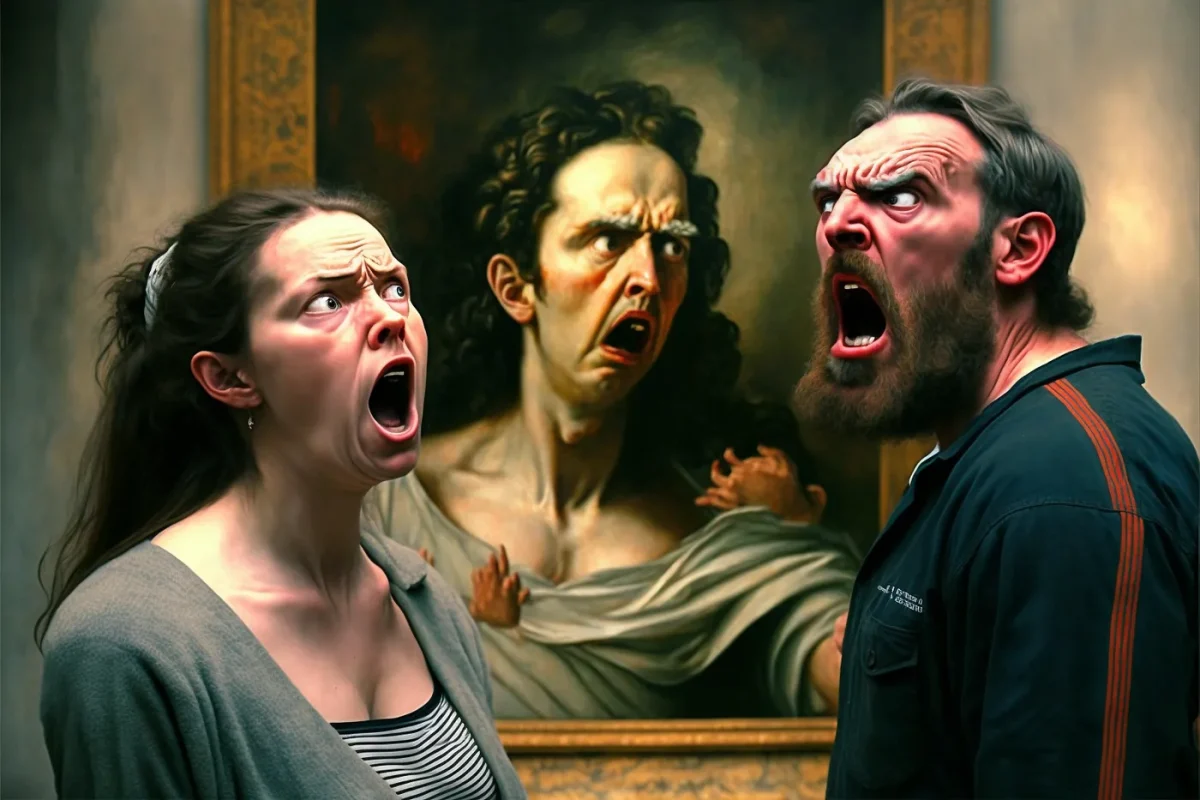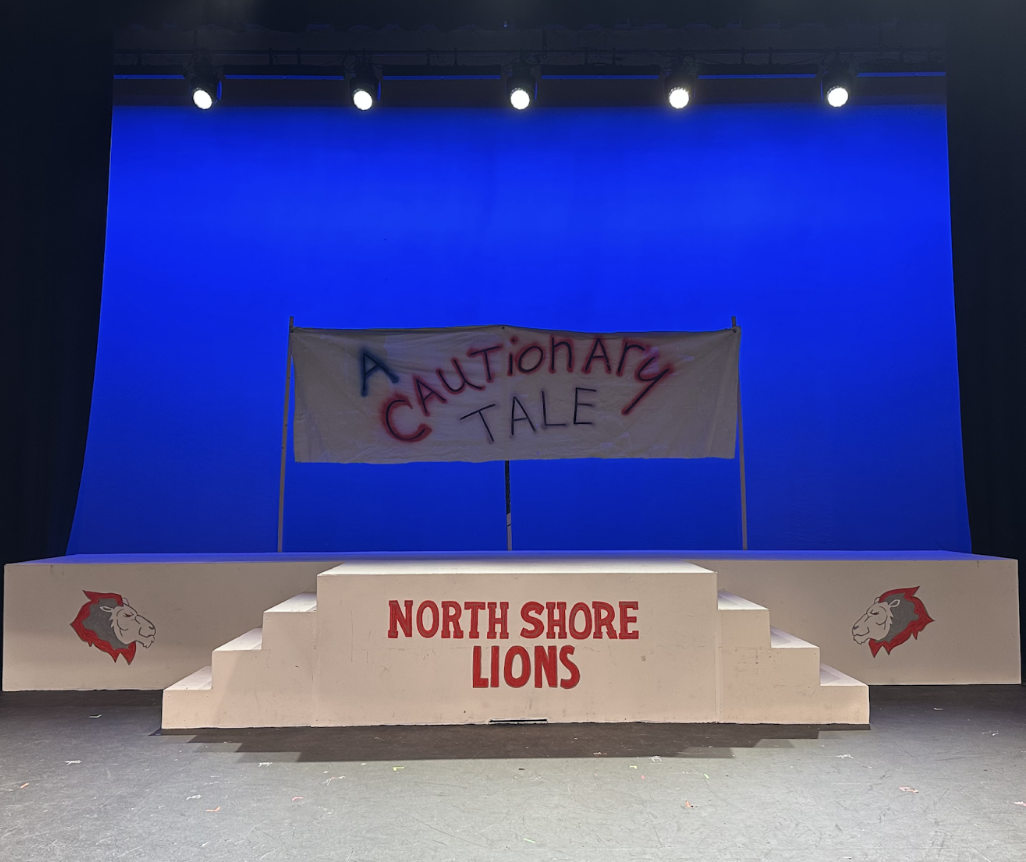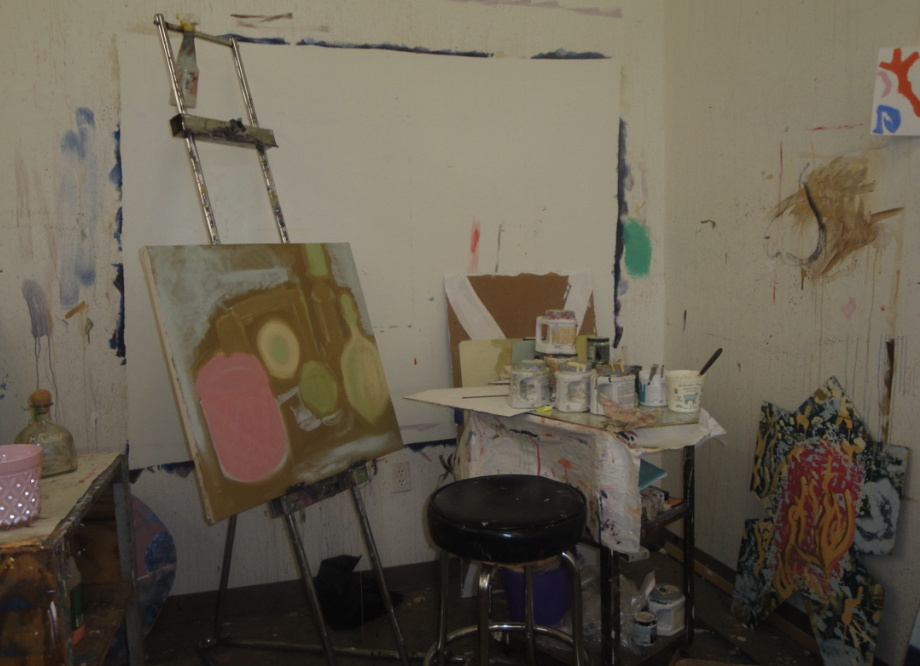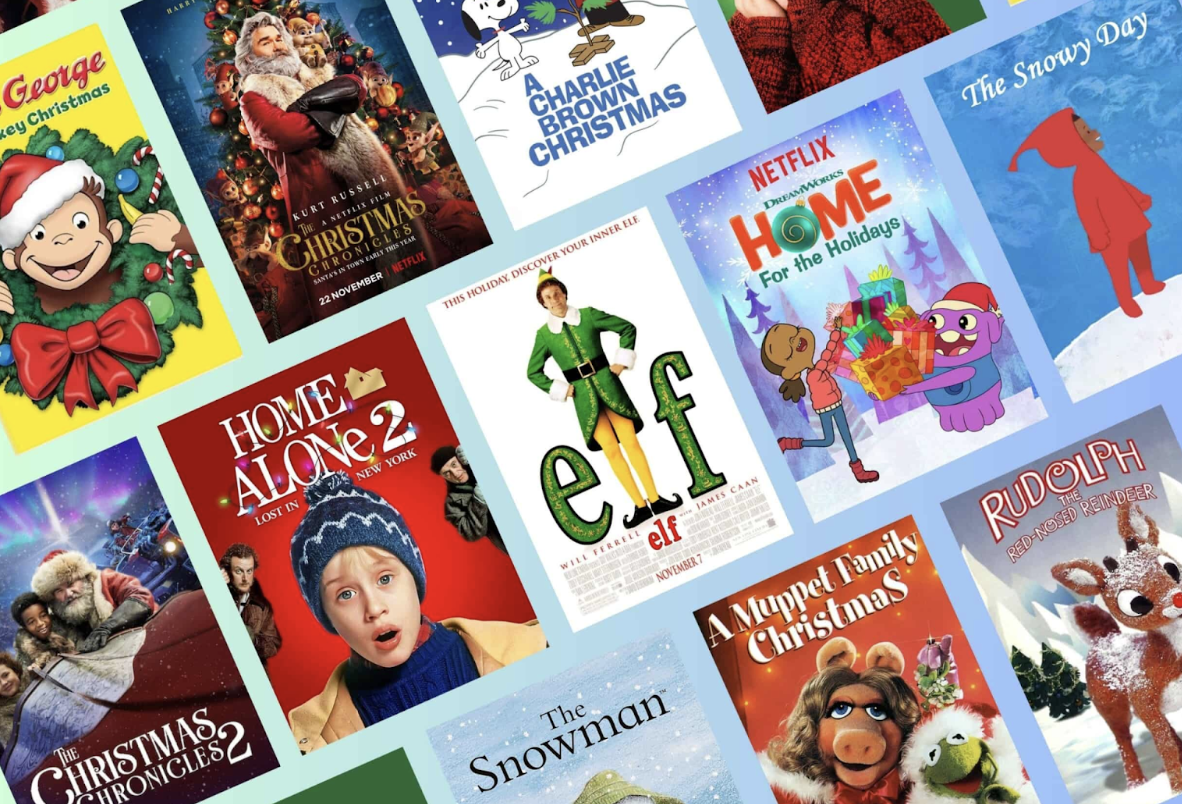In an age where artificial intelligence can conjure a stunning work of art within seconds, the essence of creativity is being challenged like never before. As programs like Midjourney and DALL-E continue to thrive, traditional artists fear that these powerful tools might replace them and the essence of human creativity. The abilities of AI are unheard of and allow for seemingly impossible tasks to become more plausible such as deep sea exploration and mapping the human brain. However, there are many misconceptions about AI and how it works, especially in art studios.
While some fear that artificial intelligence will completely overthrow certain industries and take jobs in the art field, others argue that artificial intelligence doesn’t pose a threat to humans just yet.
“What [AI] is going to generate is based on the input that it was trained on; it’s not doing the thinking for itself,” said computer science teacher Bobby Bryant. “It’s just outputting a combination of things it has seen in the past and just piecing different things together.”
In other words, the output of any artificial intelligence isn’t necessarily creative. The generated pictures are still the product of someone else’s work, just slightly edited and merged with other pieces. Bryant states that AI is given thousands of sources online, and then scans through them all to create a solution to any question asked. Although the abilities of AI allow for complex problems to be solved, it removes creativity from visual art and music because of its ability to combine sources. Some experts argue that rather than “creating” artwork, many programs simply “remix” other pre-existing artworks. Creativity is the backbone of art, and it is the reason why there are so many genres of music and art. If AI becomes the main way to create art, then all pieces would look very similar and there would not be any passion put into the artwork.
The Next Rembrandt by J. Walter Thompson Amsterdam and Microsoft shows how Microsoft’s AI sector was able to create a gorgeous painting; however, the style was incredibly similar to the paintings of the revolutionary Dutch painter, Rembrandt.
“I think AI has its uses in art, but I think a big part of art is seeing the human emotion and the human creativity behind the piece,” said junior art student Jerry Guo. “There’s a reason why certain pieces end up in museums and some pieces don’t. Really it’s the intent behind it and the meaning behind it more than the piece itself.”
Guo suggests that AI does not have a human touch and lacks the same creativity and emotions that humans do. Guo also implies that because of AI’s lack of human emotion, AI artworks are not in museums while human-made artworks are. Guo also reveals that the intent and purpose of an artwork is the emotion and story behind it rather than the aesthetics of the piece, something that AI art is unable to do currently.
“[AI] has caused a lot of anxiety,” said visual arts teacher Micheal Reese. “It’s shaken up the digital art world because now it’s about really trying to deconstruct who made what.”
Reese reveals that visual art has become more about trying to figure out if an artwork is really by a human being or by AI, and it has also sped up digital art. However, there are ways to spot real art compared to AI art. Reese says that some AI artworks seem “too perfect” which makes the artwork seem robotic and easy to spot as AI. AI is a new powerful technology that everyone can use as tools and not as a replacement for learning. AI is meant to help create things that were inconceivable before, not make things easier for an average person.
“The way to use [AI] is to understand it just as a tool and not as the definitive maker of a piece,” said Reese. “AI in that sense has to be understood as a tool, as a means to an end and not the means to the end.”
Edited by Kavya Athota





